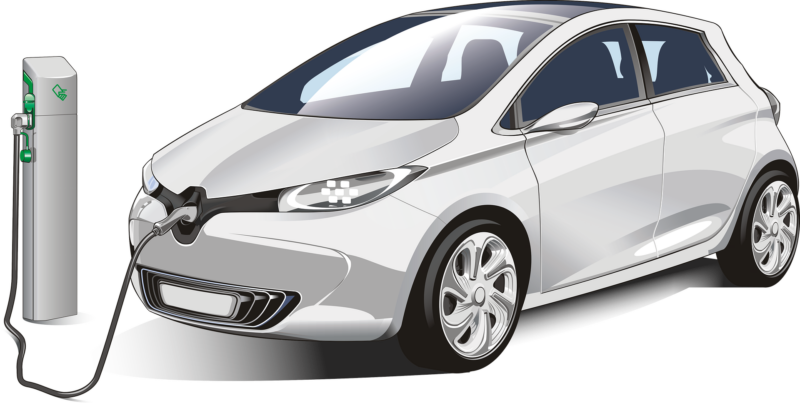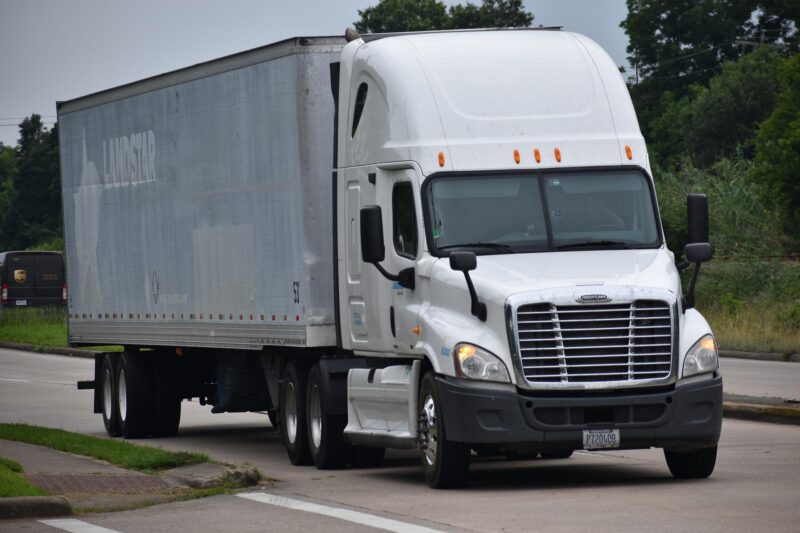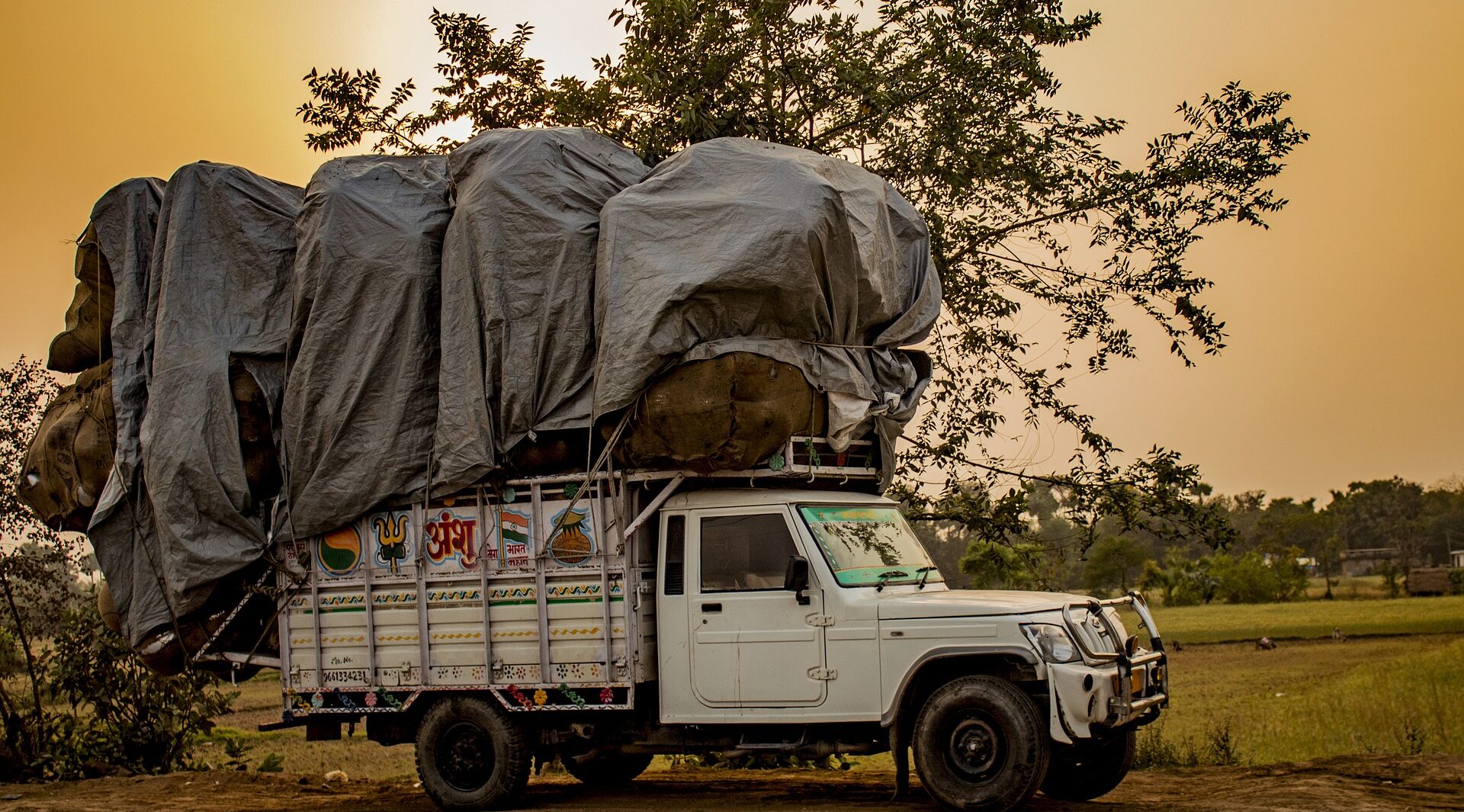The efforts of Delhi government’s think tank Dialogue & Development Commission (DDC) and RMI India have started bearing fruit. They aim to phase out vehicles which use internal combustion engines (ICE) and rev up use of electric vehicles (EVs).
The goal is for EVs to make up 25% of new vehicle registrations by 2024. If EVs are used in last-mile delivery, there would be 58,000 EVs doing the job by the end of 2024.
By 2030, if last-mile delivery vehicles reach a 100% sales penetration, there could be over 7.5 lakh EVs on Delhi’s roads.
Contrary to the popular perception that it is private cars and cabs that are clogging Delhi’s roads and adding to pollution, DDC and RMI India found that demand for goods has increased vehicular movement in the city. “On average, delivery vehicles cumulatively travel over 30,000 km a day, plying more kilometres than any other vehicle segment, in the city, outside of commercial passenger vehicles”, reads their report.
In fact, there has been a modest boom in EV sales. “Within just over a year of enacting the Delhi EV policy and implementing the Deliver Electric Delhi pilot, EV sales in Delhi increased from 3.3% to 10% of new vehicles registered.”

The Delhi Government is reaching out to the corporate sector to achieve its goal of making Delhi majorly dependent on EVs for delivery. Leading industry stakeholders like Mahindra, Tata, Hero, BSES, Bharat EV, Sun Mobility and others are expected to be partners in the mission to deliver the best EV infrastructure to the city.
Incentive route
To make EVs accessible for the delivery industry, Delhi Government is providing various incentives. For the purchase of the Electric L5N category three-wheeler goods carrier and N1 category four-wheeler goods carrier, a purchase incentive of Rs 30,000 per vehicle is given on electric two-wheeler vehicles; a purchase incentive of Rs 5,000 per kWh of battery capacity is given.
Currently, Delhi has 597 charging stations, 825 charging points and 165 battery swapping stations. But this is clearly not enough for a megapolis like Delhi. The cost of setting up private charging stations is high. Cumbersome licensing and lack of information regarding charging stations are barriers to growth. To solve these problems, one solution can be concessional charging stations.
For the last many years, New Delhi’s high pollution levels have been the talk of the town, indeed of the world. In 2021, the world’s air quality report ranked New Delhi No. 1 in its regional capital city rankings.
It is estimated that 20-35% of total urban PM 2.5 concentrations are directly or indirectly due to ICEs in motor vehicles.

Financing is a big issue for those who want to buy EVs for delivery; many delivery boys are gig workers and they lack financial history. Getting a loan becomes hard for them.
“Unfavourable financing is a key barrier to the deployment of EVs. Interest rates for EV financing are around 20% for electric two-wheelers and are nearly 30% for electric three-wheelers, compared with 12% for ICE two- and three-wheelers. The loan-to-value ratios are low — typically around 70% — and loan terms are short — around three years. Lenders regard the EV market as high risk”, reads the report.
To solve this problem, the report has suggested allowing lenders to hedge against default risk and enabling fleet aggregators and EV operators to secure more favourable loan terms.
ALSO READ: Charge of the e-brigade
Centre’s push
Compounds and parts used in EVs are costly as compared to ICE vehicles. Currently, in the Indian market, an EV vehicle costs almost double the price of an ICE vehicle. To solve this problem, the central government has adopted various ideas like leasing EVs to government departments. For this, Energy Efficiency Services Ltd (EESL), a joint venture under the administrative control of the Ministry of Power, has been roped in.
The scheme was launched in 2018. In this scheme, a Swift Dzire which costs around 40,000 a month on the lease of three years will cost the same for six years if the vehicle is leased from EESL.
As of 16 November 2021, EVs deployed by EESL completed 6 crore green kilometres on roads and reduced about 12,076 tonnes of carbon dioxide emissions. Currently, there are 1,700 vehicles on the roads which are leased by the department, resulting in a saving of around 4.5 million litres of fuel.
It is clear that the Indian good delivery sector is embracing EVs, though the pace may be slow. Both the central and state governments are working on policies to make EVs more accessible.





